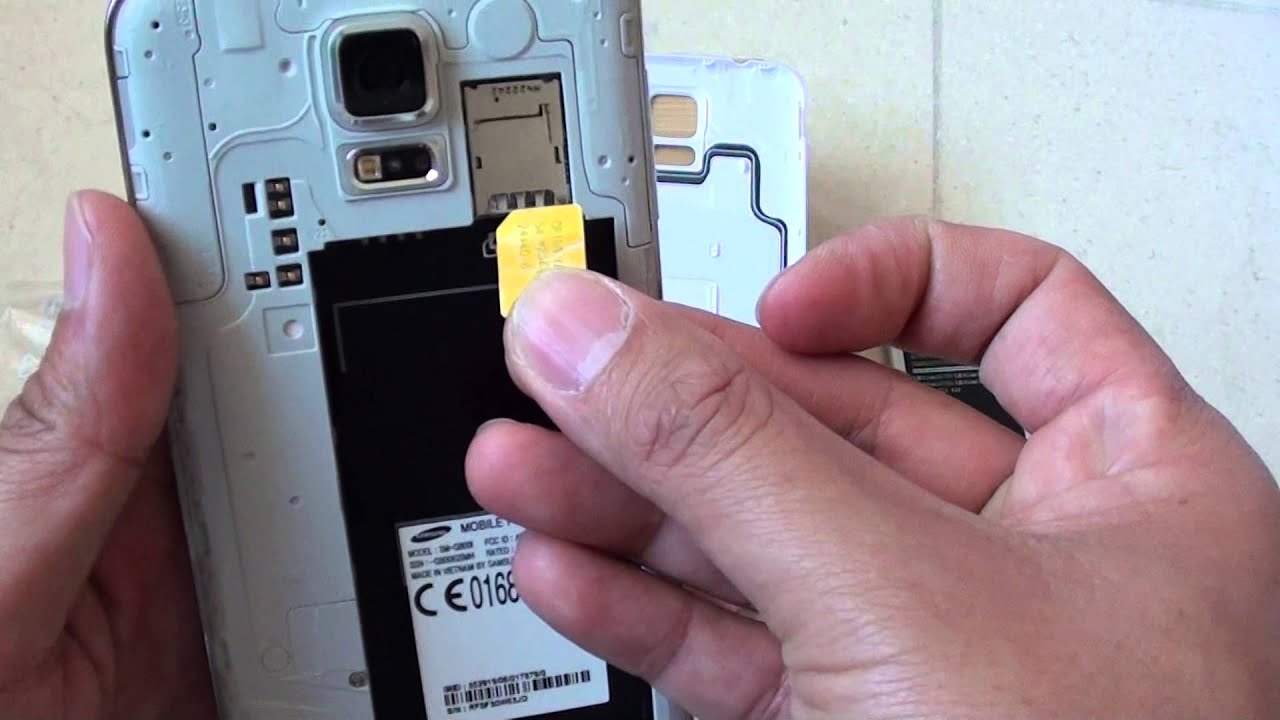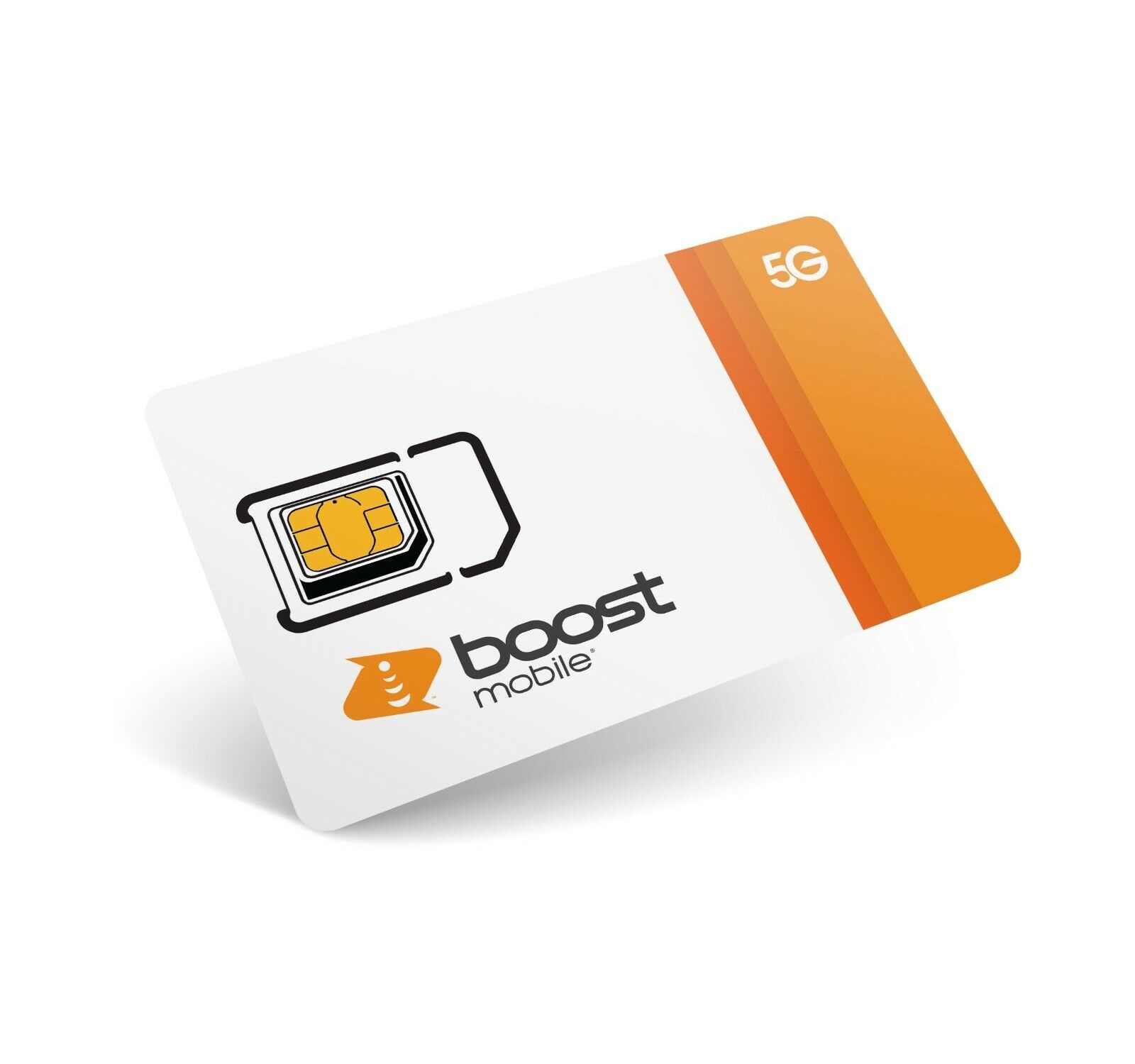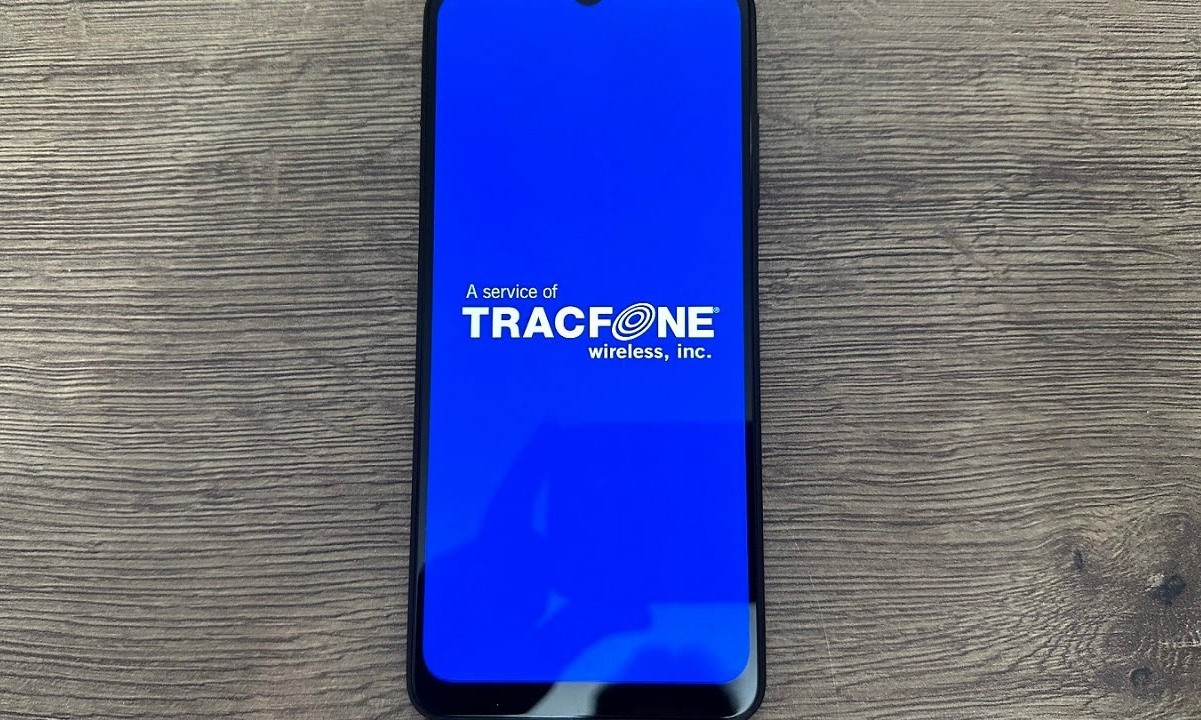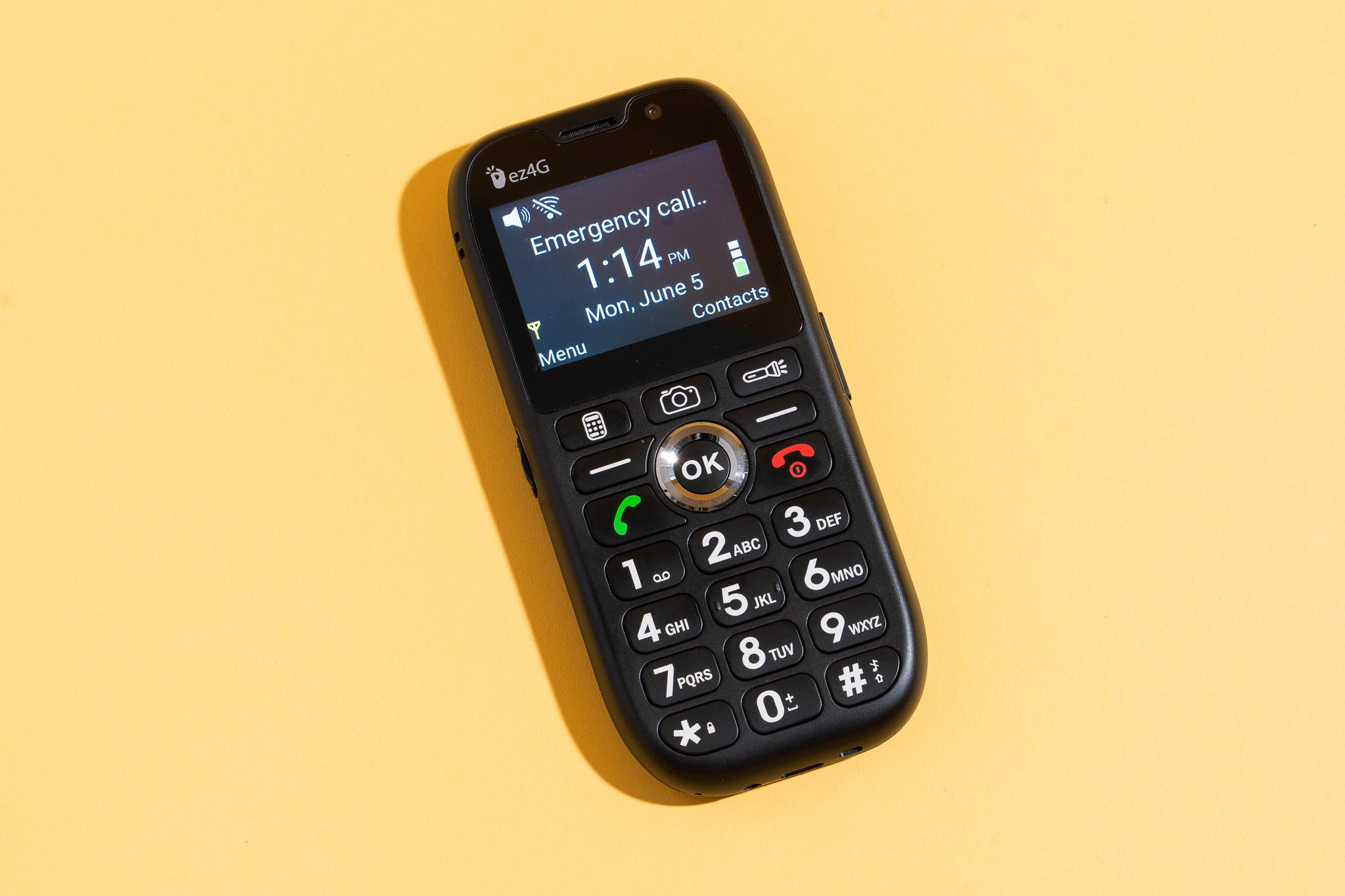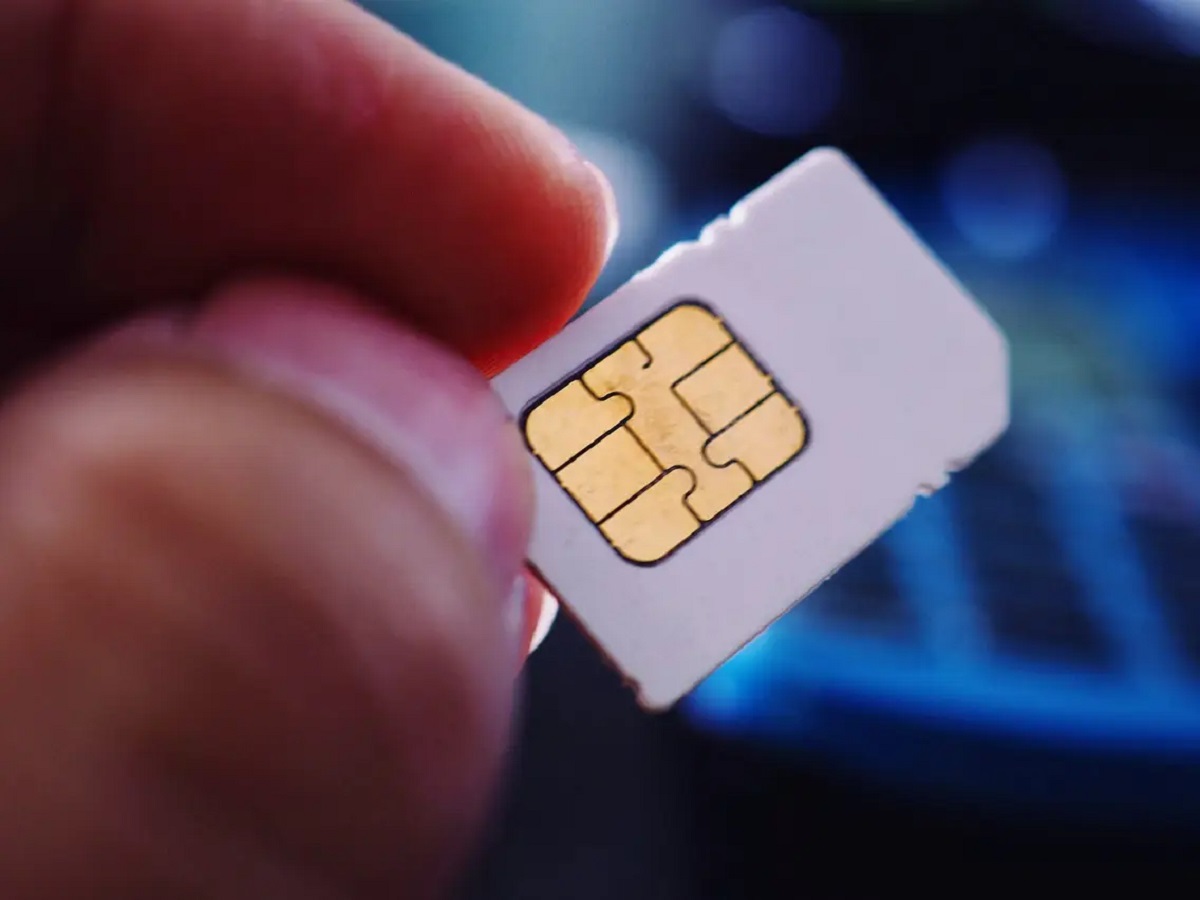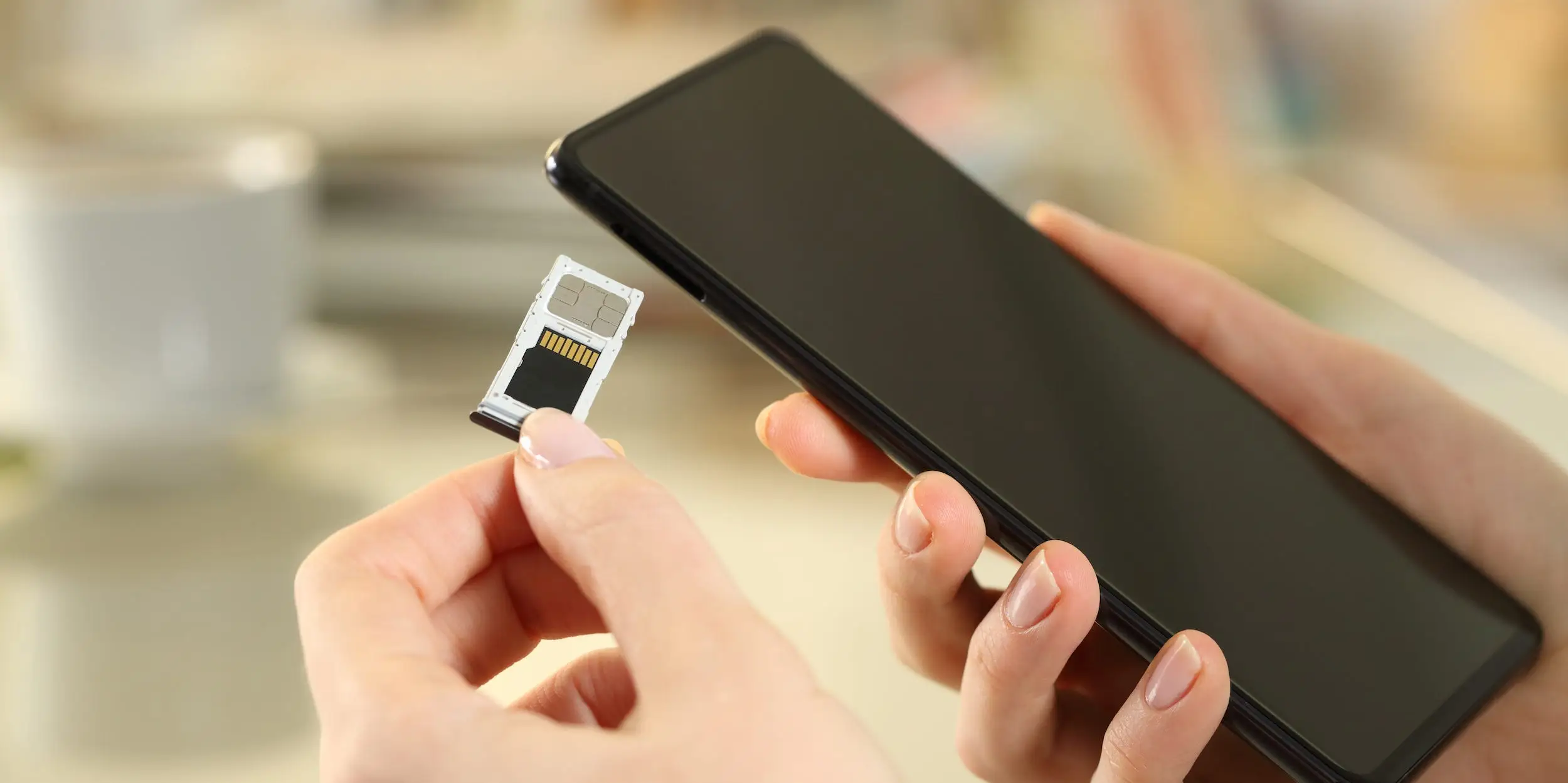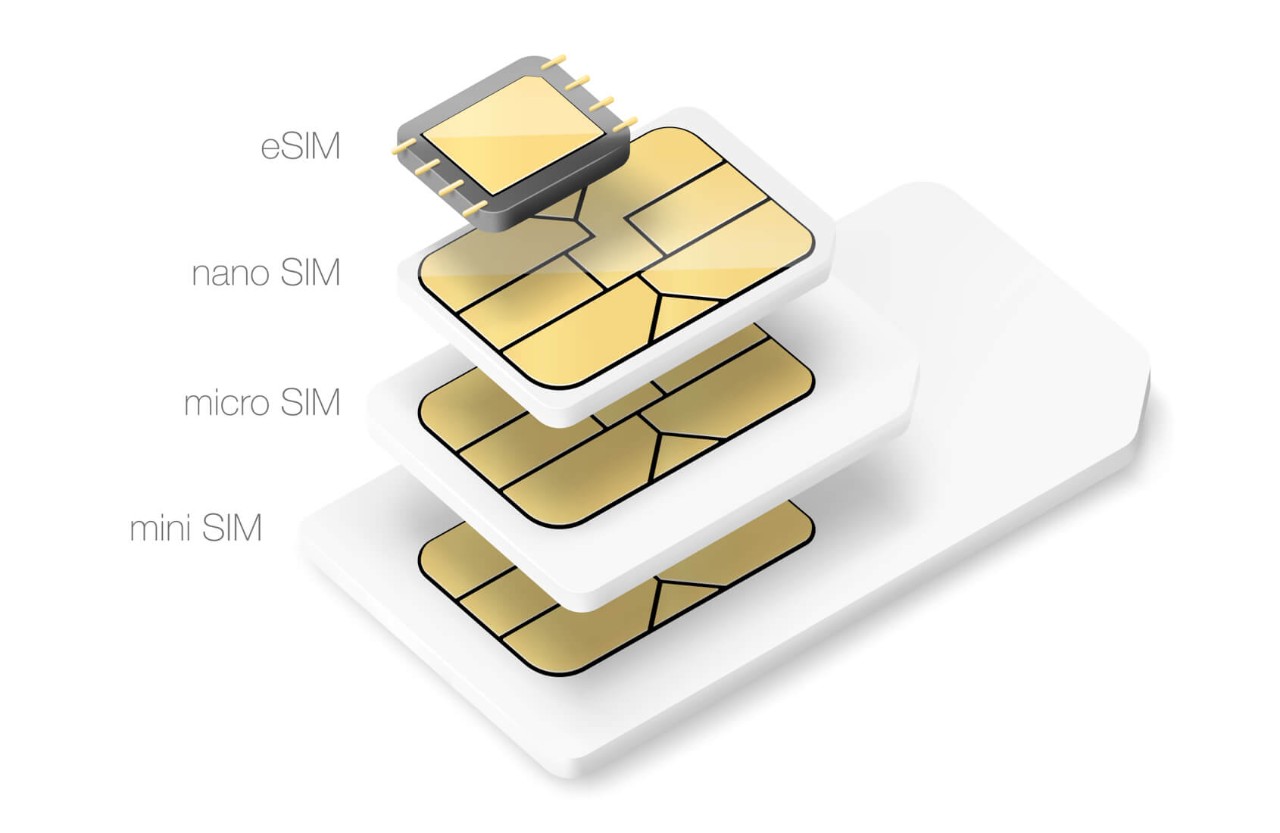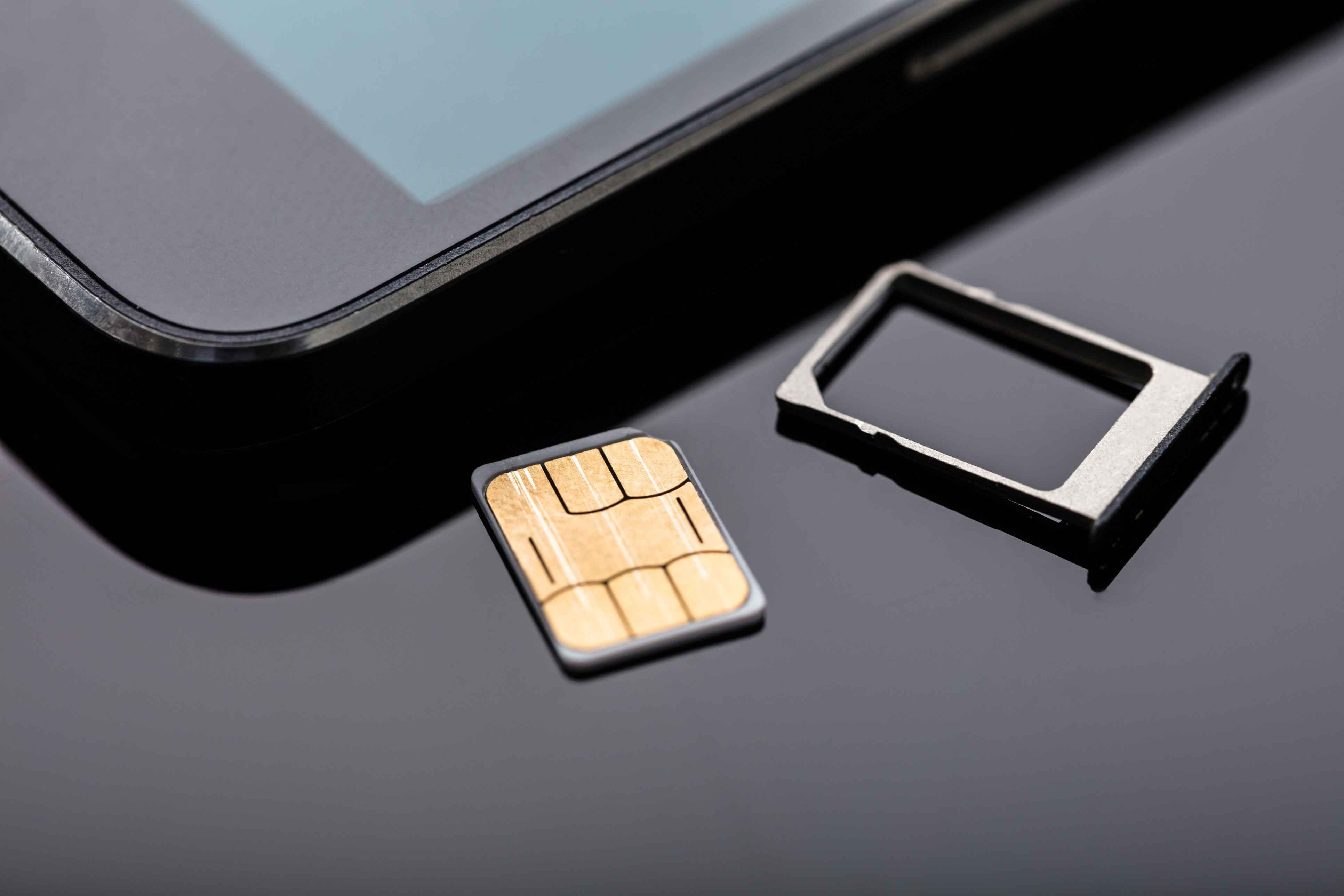Introduction
Transferring a phone number to a new SIM card is a crucial aspect of upgrading or replacing a mobile device. Whether you're switching to a new phone, replacing a lost or damaged SIM card, or changing service providers, understanding the process of transferring your phone number to a new SIM card is essential for seamless communication. This comprehensive guide will walk you through the steps involved in transferring your phone number to a new SIM card, as well as provide insights into common issues and troubleshooting tips.
Ensuring that your phone number is seamlessly transferred to a new SIM card is vital for maintaining uninterrupted communication with your contacts. Whether it's for personal or professional use, a smooth transition can save time and prevent potential communication disruptions. This guide aims to demystify the process, empowering you to navigate the transfer with confidence.
Understanding the importance of this process and being equipped with the necessary knowledge to carry it out effectively can alleviate the stress and uncertainty often associated with changing or upgrading mobile devices. By following the steps outlined in this guide, you can ensure that your phone number remains accessible and functional on your new SIM card, allowing you to stay connected without interruption.
Now, let's delve into the intricacies of transferring a phone number to a new SIM card, demystifying the process and providing you with the tools to successfully navigate this essential aspect of mobile device management.
Understanding the Process of Transferring a Phone Number to a New SIM Card
Transferring a phone number to a new SIM card involves the migration of your existing phone number and associated mobile service from one SIM card to another. This process is essential when upgrading to a new device, replacing a lost or damaged SIM card, or switching to a different mobile service provider while retaining your current phone number. Understanding the intricacies of this process is crucial for ensuring a seamless transition and uninterrupted communication.
When a phone number is transferred to a new SIM card, the subscriber identity module (SIM) stores essential information, including the unique identifier of the mobile device and the associated phone number. This information is crucial for authenticating the user on the mobile network and enabling voice calls, text messaging, and data services.
The process of transferring a phone number to a new SIM card typically involves contacting your mobile service provider to request a SIM card replacement or activation. This may require providing specific details such as your current phone number, account information, and the unique identification number of the new SIM card.
It's important to note that the process may vary depending on your mobile service provider and the reason for the SIM card replacement. For instance, if you are upgrading to a new device from the same provider, the transfer process may be streamlined, while switching to a new provider may involve additional steps such as porting your phone number to the new network.
Understanding the technical aspects of SIM card activation and phone number transfer can provide clarity on the underlying mechanisms that facilitate seamless communication. By comprehending the process, you can effectively navigate any potential challenges and ensure that your phone number remains accessible and functional on the new SIM card.
In the next section, we will explore the specific steps involved in transferring a phone number to a new SIM card, providing a comprehensive guide to help you navigate this essential aspect of mobile device management.
Steps to Transfer a Phone Number to a New SIM Card
-
Contact Your Mobile Service Provider: Begin the process by reaching out to your mobile service provider. Inform them about the need to transfer your phone number to a new SIM card. They will guide you through the specific steps required for the transfer and provide essential details regarding the activation or replacement of the SIM card.
-
Provide Necessary Information: Be prepared to provide essential information such as your current phone number, account details, and the unique identification number of the new SIM card. This information is crucial for accurately identifying your account and ensuring a seamless transfer of your phone number to the new SIM card.
-
Receive the New SIM Card: Once the necessary details are provided, your mobile service provider will facilitate the activation or replacement of the SIM card. You will receive the new SIM card, which may need to be inserted into your new device or the existing device, depending on the reason for the transfer.
-
Follow Activation Instructions: If you are upgrading to a new device, follow the activation instructions provided by your mobile service provider. This may involve inserting the new SIM card into the device and following specific steps to ensure that the phone number is successfully transferred to the new SIM card.
-
Verify the Transfer: After inserting the new SIM card and following the activation process, verify that the phone number transfer is successful. Test the functionality of the device by making a test call or sending a text message to confirm that the phone number is active on the new SIM card.
-
Update Device Settings: In some cases, you may need to update the device settings to ensure that the new SIM card is fully functional. This may involve adjusting network settings or enabling specific features to optimize the performance of the new SIM card with your device.
-
Ensure Seamless Communication: Once the transfer is confirmed, ensure that you can make and receive calls, send and receive text messages, and access mobile data without any interruptions. If you encounter any issues, promptly contact your mobile service provider for assistance.
By following these steps, you can effectively transfer your phone number to a new SIM card, ensuring that your communication remains uninterrupted during the transition. Understanding the process and being proactive in following the necessary steps can help you navigate this essential aspect of mobile device management with confidence.
Common Issues and Troubleshooting
During the process of transferring a phone number to a new SIM card, several common issues may arise, potentially causing interruptions in communication. Understanding these issues and having the knowledge to troubleshoot them can help mitigate any disruptions and ensure a smooth transition. Here are some common issues and troubleshooting steps:
Activation Delay
Issue: After inserting the new SIM card, the activation of the phone number may be delayed, leading to a temporary loss of service.
Troubleshooting: If the activation is delayed, wait for a reasonable amount of time, as the process may take a few minutes to several hours. If the delay persists, contact your mobile service provider to inquire about the status of the activation and seek assistance in expediting the process.
Incorrect SIM Card Configuration
Issue: The new SIM card may not be properly configured for your device, leading to compatibility issues and a lack of network connectivity.
Troubleshooting: Verify that the new SIM card is compatible with your device and that it has been correctly inserted. If connectivity issues persist, contact your mobile service provider to ensure that the SIM card is configured properly for your specific device model.
Porting Delays
Issue: When switching to a new mobile service provider, delays in porting your phone number to the new network may occur, resulting in a temporary loss of service.
Troubleshooting: Contact your new mobile service provider to inquire about the status of the porting process. Ensure that you have provided accurate information for the porting request and follow up with the provider to expedite the porting of your phone number.
Network Registration Failure
Issue: The new SIM card may fail to register on the network, preventing access to voice, text, and data services.
Troubleshooting: Restart your device to initiate the network registration process. If the issue persists, manually select the network operator in your device settings. If the problem continues, contact your mobile service provider for assistance in resolving the network registration failure.
Incomplete Data Transfer
Issue: In some cases, the transfer process may result in incomplete data transfer, leading to missing contacts, messages, or call logs.
Troubleshooting: Ensure that your contacts, messages, and call logs are backed up before initiating the transfer process. If data loss occurs, contact your mobile service provider to investigate the issue and explore potential solutions for recovering the missing data.
By being aware of these common issues and the corresponding troubleshooting steps, you can effectively address any challenges that may arise during the transfer of your phone number to a new SIM card. Promptly seeking assistance from your mobile service provider when encountering issues can help expedite the resolution and ensure a seamless transition to the new SIM card.
Conclusion
In conclusion, the process of transferring a phone number to a new SIM card is a pivotal aspect of managing mobile devices, ensuring seamless communication, and adapting to technological advancements. This comprehensive guide has provided valuable insights into the intricacies of transferring a phone number to a new SIM card, empowering users to navigate this essential process with confidence.
By understanding the underlying mechanisms of SIM card activation and phone number transfer, individuals can approach the transition with clarity and preparedness. The steps outlined in this guide offer a structured approach to transferring a phone number to a new SIM card, emphasizing the importance of proactive communication with mobile service providers and meticulous attention to detail during the activation process.
The significance of being aware of common issues and troubleshooting steps cannot be overstated. As individuals embark on the journey of transferring their phone number to a new SIM card, being equipped with the knowledge to address potential challenges ensures a smoother and more efficient transition. The troubleshooting guidance provided in this guide serves as a valuable resource for mitigating disruptions and maintaining uninterrupted communication during the transfer process.
Furthermore, the seamless transfer of a phone number to a new SIM card is foundational to preserving personal and professional connections. Whether upgrading to a new device, replacing a lost or damaged SIM card, or transitioning to a different mobile service provider, the ability to retain the existing phone number is instrumental in preserving communication continuity and minimizing potential inconveniences.
This guide underscores the importance of proactive engagement with mobile service providers, adherence to activation instructions, and the verification of successful transfers. By following the outlined steps and leveraging the troubleshooting guidance, individuals can navigate the transfer process with confidence, ensuring that their phone number remains accessible and fully functional on the new SIM card.
In essence, the knowledge and insights shared in this guide aim to empower individuals to approach the transfer of a phone number to a new SIM card as a manageable and empowering endeavor. By embracing a proactive and informed approach, individuals can navigate this essential aspect of mobile device management with confidence, ensuring that their communication remains uninterrupted and seamlessly transitions to the new SIM card.







